
The LaBahia Chapter is having a PLANT SALE on October 5, 2024 in Brenham, Texas!
Location: The McLoughlin Property, 1402 Church St., Brenham
Fall is the best time to plant trees and perennials for a beautiful Spring garden. Come early to get your favorites. Garden gates will open at 10:00 a.m. and stay open until 2:00.
We’re glad you found our plant list and hope you spend some time looking over the Native Plant Society’s descriptions listed below to find the best plants for your garden. The list may change to add new plants so check back frequently. Expect to find great trees and shrubs as well as perennials suited to our local eco-region. The plants are arranged in groups according to their characteristics.
Free parking is available across the street at Alton Elementary.
You are welcome to bring your own cart. Our garden carts are for volunteers to assist shoppers out the gate with their purchases.
When you are through shopping, please find a person with a clipboard to write a sales ticket. Take the ticket to the cashier to pay.
We do our very best to make sure plants on the list are available, but we may sell out of some plants during the sale.
We hope to see you there!
Here are the plants available in our upcoming plant sale. You can view the gallery of available plants below or use the table at the end of this page to make your own plant or shopping list. Note that this list may change as the plant sale approaches.
Table of Contents
Available Plants by Type
Herbaceous
Common Yarrow
Achillea millefolium

Blue Mistflower
Conoclinium coelestinum

Purple Coneflower
Echinacea purpurea

Engelmann's Daisy
Engelmannia peristenia

Rattlesnake Master
Eryngium yuccifolium

Maximilian Sunflower
Helianthus maximiliani

Halberd Leaf Hibiscus
Hibiscus laevis

Standing Cypress
Ipomopsis rubra

Barbara's Buttons
Marshallia caespitosa

Obedient Plant
Physostegia virginiana

Pigeonberry
Rivina humilis

Texas Coneflower
Rudbeckia texana

Wild Petunia
Ruellia nudiflora

Azure Sage
Salvia azurea
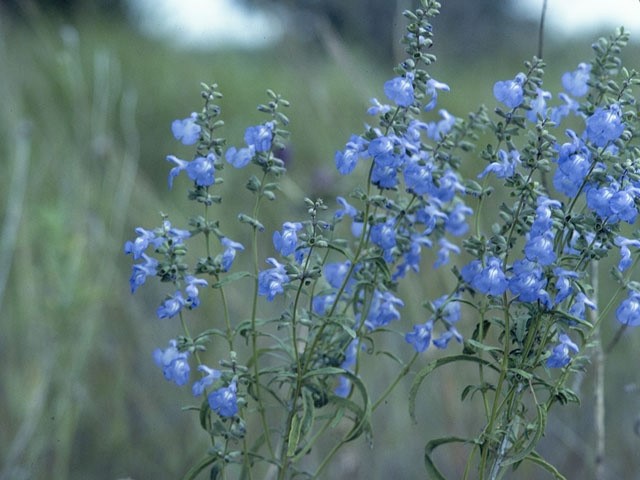
Scarlet Sage
Salvia coccinea

Mealy Blue Sage
Salvia farinacea

Lyre Leaf Sage
Salvia lyrata

Cedar Sage
Salvia roemeriana

Narrowleaf Blue-eyed Grass
Sisyrinchium angustifolium
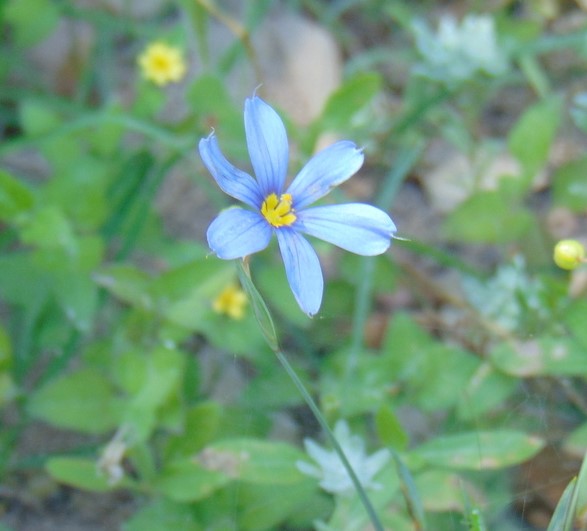
Tall Goldenrod
Solidago altissima

Seaside Goldenrod
Solidago sempervirens

Late Purple Aster
Symphyotrichum patens

Cowpen Daisy
Verbesina encelioides

Western Ironweed
Vernonia baldwinii

Shrub
Red Buckeye
Aesculus pavia var. pavia

White Mistflower
Ageratina havanensis

Beebrush
Aloysia gratissima

Flame Acanthus
Anisacanthus quadrifidus var. wrightii

American Beautyberry
Callicarpa americana
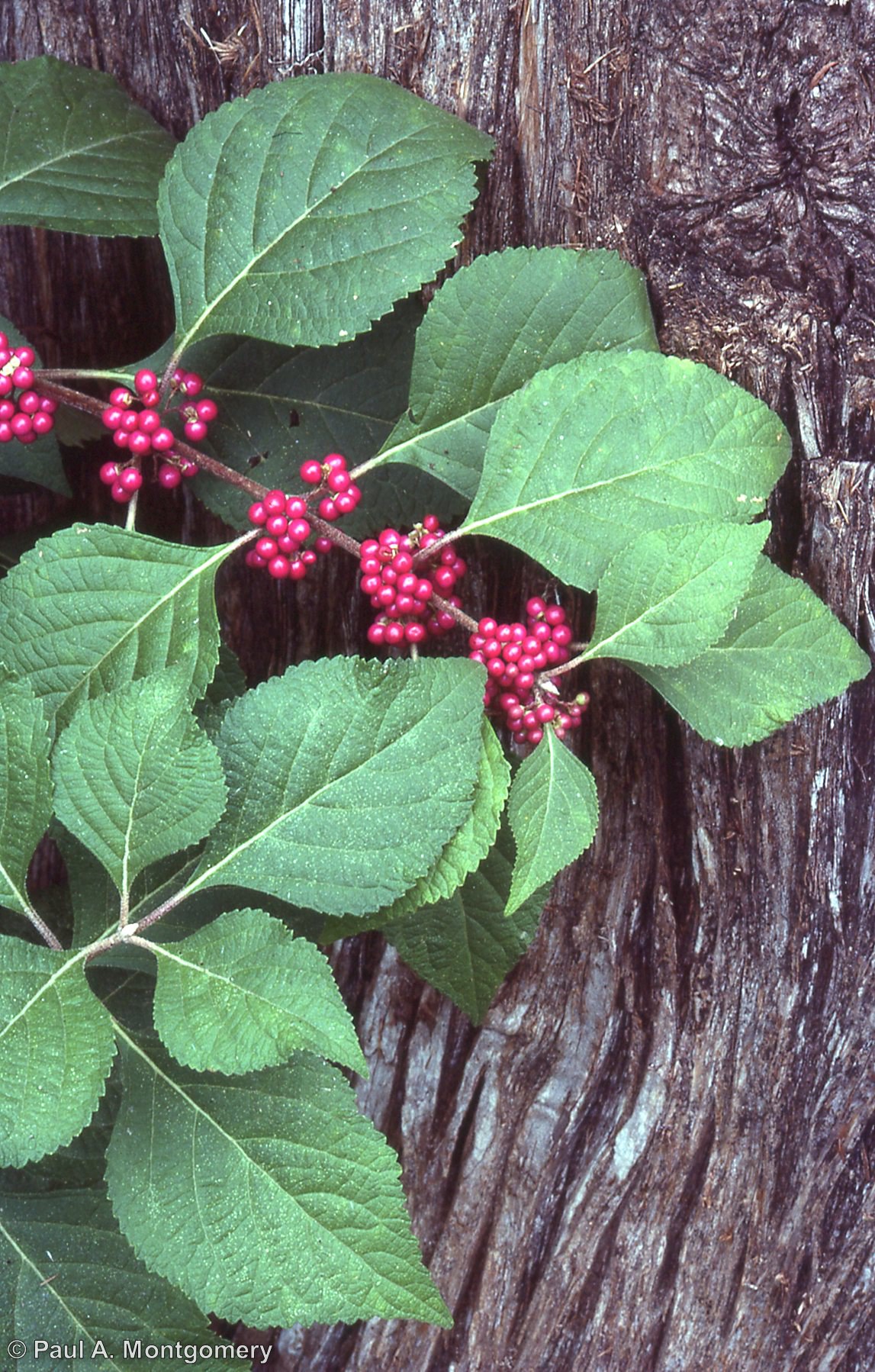
Fragrant Mistflower
Chromolaena odorata

Illinois Bundleflower
Desmanthus illinoensis

Texas Lantana
Lantana horrida

Cenizo
Leucophyllum frutescens

Fragrant Mimosa
Mimosa borealis

Rock Rose
Pavonia lasiopetala
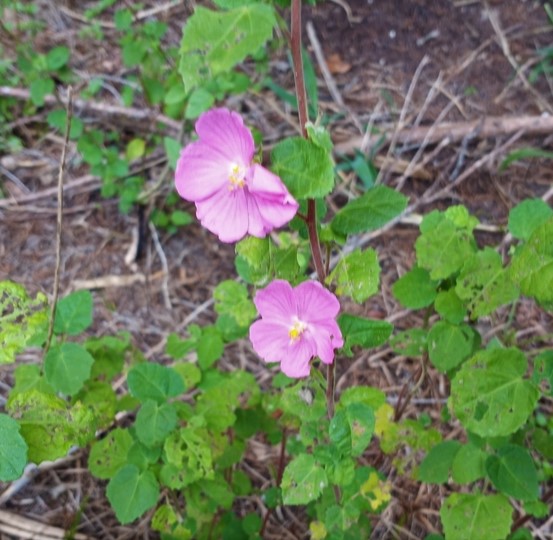
Coralberry
Symphoricarpos orbiculatus
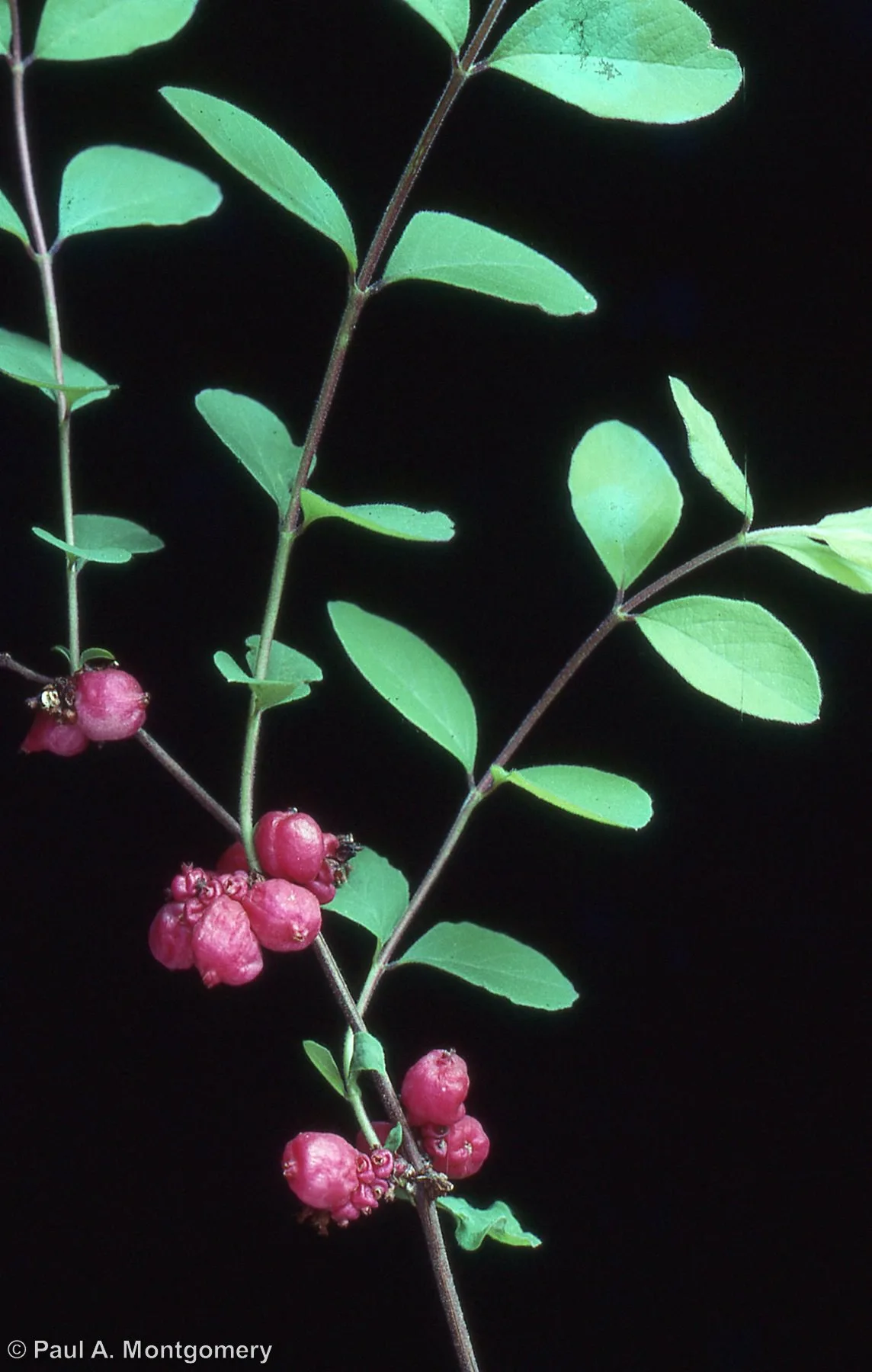
Grass & Sedge
Sideoats Grama
Bouteloua curtipendula

Blue Grama
Bouteloua gracilis
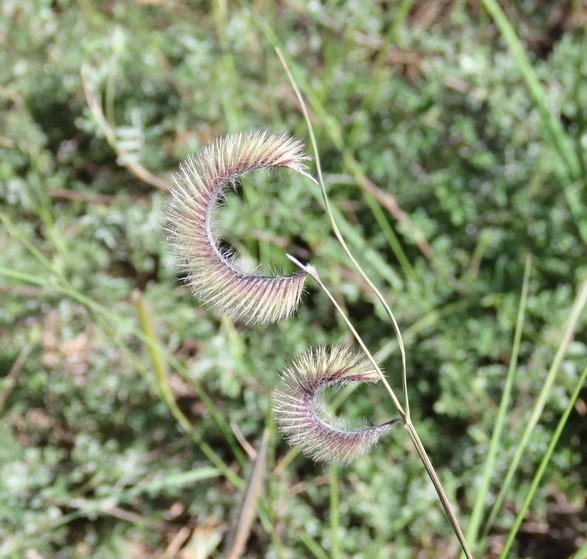
Inland Sea Oats
Chasmanthium latifolium
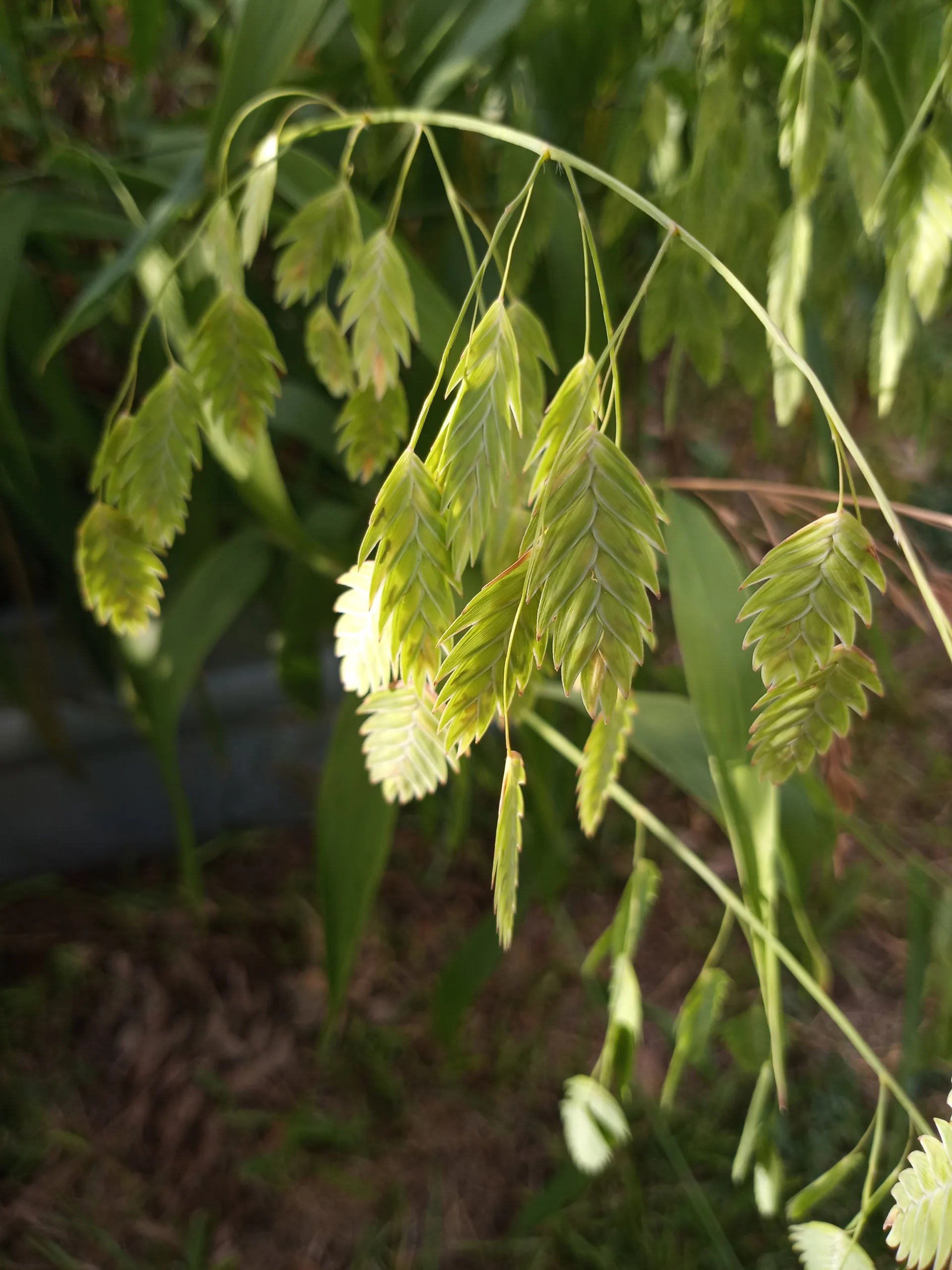
Gulf Muhly
Muhlenbergia capillaris
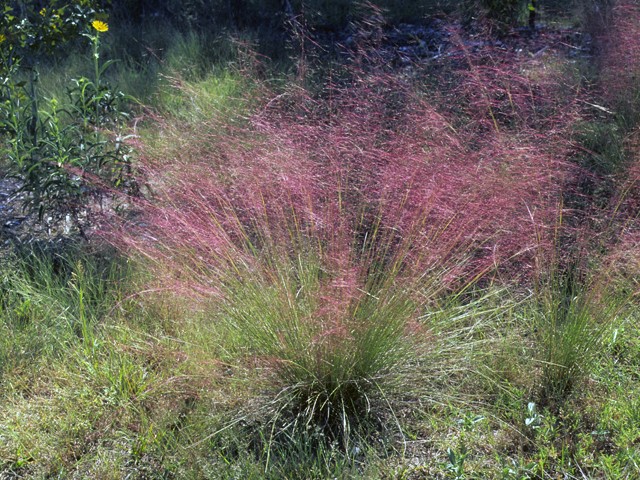
Eastern Gamagrass
Tripsacum dactyloides

Cactus & Succulent
Tree
Roughleaf Dogwood
Cornus drummondii
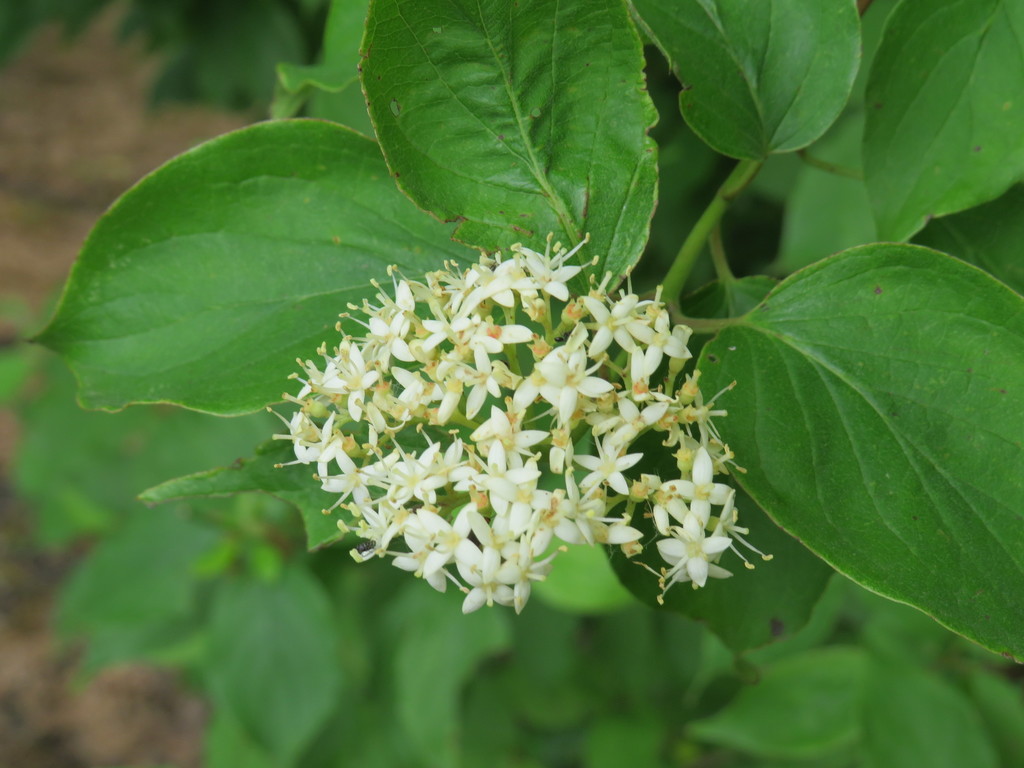
Mexican Plum
Prunus mexicana

Texas Red Oak
Quercus buckleyi

Bur Oak
Quercus macrocarpa

Post Oak
Quercus stellata

Live Oak
Quercus virginiana

Cedar Elm
Ulmus crassifolia
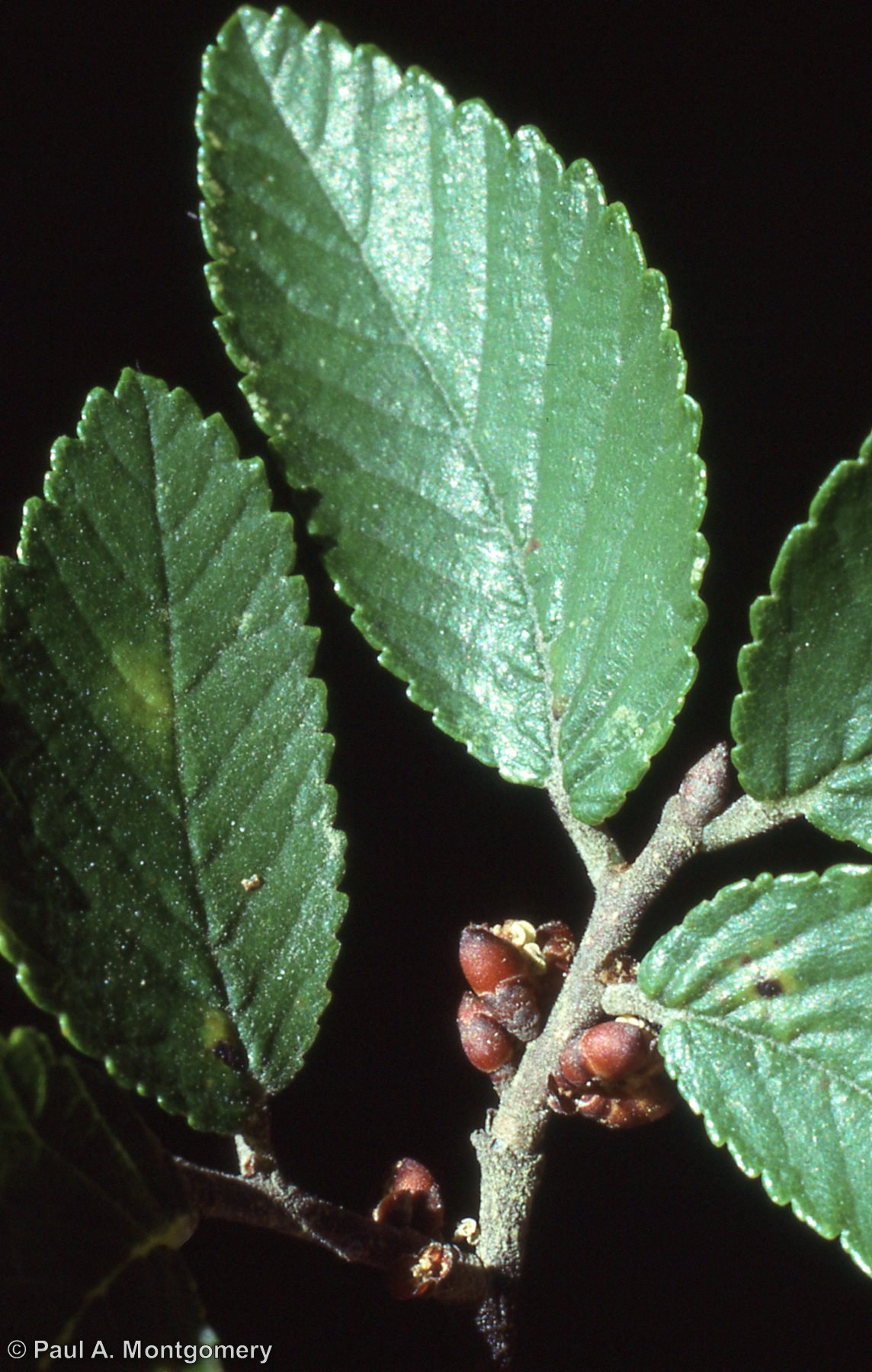
Vine
Alamo Vine
Merremia dissecta

Seven-leaf Creeper
Parthenocissus heptaphylla
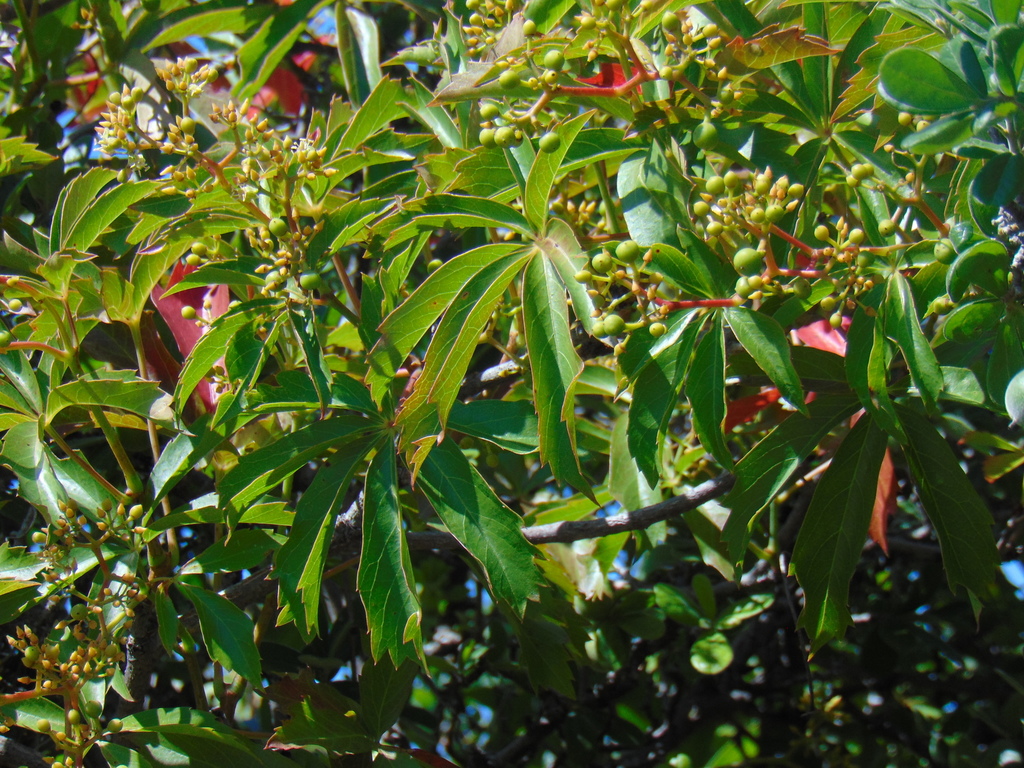
Virginia Creeper
Parthenocissus quinquefolia

Fern
Groundcover
Plant Sale Table
Here is the same list in tabular form. If you’d like to make your own shopping list you can copy and paste this table into a spreadsheet. For best results paste as text format into the spreadsheet.
| Common Name | Scientific Name | Growth Form | Light Requirement | Water Requirement |
|---|---|---|---|---|
| Alamo Vine | Merremia dissecta | Vine | Sun, Part Shade | Low, Medium |
| American Beautyberry | Callicarpa americana | Shrub | Part Shade | Low, Medium |
| Azure Sage | Salvia azurea | Herbaceous | Sun, Part Shade | Low |
| Barbara's Buttons | Marshallia caespitosa | Herbaceous | Sun, Part Shade | Low |
| Beebrush | Aloysia gratissima | Shrub | Sun, Part Shade | Low, Medium |
| Blue Grama | Bouteloua gracilis | Grass & Sedge | Sun | Low, Medium |
| Blue Mistflower | Conoclinium coelestinum | Herbaceous | Sun, Part Shade | Medium |
| Bur Oak | Quercus macrocarpa | Tree | Sun, Part Shade, Shade | Medium |
| Cedar Elm | Ulmus crassifolia | Tree | Sun | Very Low, Low |
| Cedar Sage | Salvia roemeriana | Herbaceous | Part Shade | Very Low, Low |
| Cenizo | Leucophyllum frutescens | Shrub | Sun | Very Low, Low |
| Coastal Stonecrop | Lenophyllum texanum | Groundcover | Sun | Low |
| Common Yarrow | Achillea millefolium | Herbaceous | Sun, Part Shade | Medium |
| Coralberry | Symphoricarpos orbiculatus | Shrub | Part Shade, Shade | Low, Medium |
| Cowpen Daisy | Verbesina encelioides | Herbaceous | Sun | Low |
| Eastern Gamagrass | Tripsacum dactyloides | Grass & Sedge | Part Shade | High |
| Engelmann's Daisy | Engelmannia peristenia | Herbaceous | Sun | Medium |
| Flame Acanthus | Anisacanthus quadrifidus var. wrightii | Shrub | Sun, Part Shade | Very Low |
| Fragrant Mimosa | Mimosa borealis | Shrub | Sun, Part Shade | Low |
| Fragrant Mistflower | Chromolaena odorata | Shrub | Sun, Part Shade, Shade | Low |
| Frogfruit | Phyla nodiflora | Groundcover | Sun | Low, Medium |
| Gulf Muhly | Muhlenbergia capillaris | Grass & Sedge | Sun | Low, Medium |
| Halberd Leaf Hibiscus | Hibiscus laevis | Herbaceous | Sun, Part Shade | Medium |
| Horseherb | Calyptocarpus vialis | Groundcover | Sun, Shade | Low, Medium |
| Illinois Bundleflower | Desmanthus illinoensis | Shrub | Sun | Medium |
| Inland Sea Oats | Chasmanthium latifolium | Grass & Sedge | Part Shade, Shade | Low, Medium |
| Late Purple Aster | Symphyotrichum patens | Herbaceous | Sun, Part Shade | Low, Medium |
| Live Oak | Quercus virginiana | Tree | Sun | Medium |
| Lyre Leaf Sage | Salvia lyrata | Herbaceous | Sun, Part Shade, Shade | Low, Medium |
| Maximilian Sunflower | Helianthus maximiliani | Herbaceous | Sun | Low, Medium |
| Mealy Blue Sage | Salvia farinacea | Herbaceous | Sun | Low |
| Mexican Plum | Prunus mexicana | Tree | Sun, Part Shade | Low |
| Narrowleaf Blue-eyed Grass | Sisyrinchium angustifolium | Herbaceous | Sun, Part Shade | Medium |
| Obedient Plant | Physostegia virginiana | Herbaceous | Sun, Part Shade, Shade | Medium, High |
| Pigeonberry | Rivina humilis | Herbaceous | Sun, Part Shade, Shade | Low, Medium |
| Post Oak | Quercus stellata | Tree | Sun, Part Shade | Low, Medium |
| Purple Coneflower | Echinacea purpurea | Herbaceous | Sun, Part Shade | Low, Medium |
| Rattlesnake Master | Eryngium yuccifolium | Herbaceous | Sun | Low, Medium |
| Red Buckeye | Aesculus pavia var. pavia | Shrub | Part Shade | Medium |
| Red Yucca | Hesperaloe parviflora | Cactus & Succulent | Sun, Part Shade | Very Low, Low |
| Rock Rose | Pavonia lasiopetala | Shrub | Sun, Part Shade | Low |
| Roughleaf Dogwood | Cornus drummondii | Tree | Part Shade, Shade | Low |
| Scarlet Sage | Salvia coccinea | Herbaceous | Sun, Part Shade, Shade | Low, Medium |
| Seaside Goldenrod | Solidago sempervirens | Herbaceous | Sun | Low, Medium |
| Seven-leaf Creeper | Parthenocissus heptaphylla | Vine | Sun, Part Shade, Shade | Low, Medium, High |
| Sideoats Grama | Bouteloua curtipendula | Grass & Sedge | Sun, Part Shade | Medium, High |
| Standing Cypress | Ipomopsis rubra | Herbaceous | Sun, Part Shade | Low, Medium |
| Tall Goldenrod | Solidago altissima | Herbaceous | Sun, Part Shade | Medium |
| Texas Coneflower | Rudbeckia texana | Herbaceous | Sun | Medium |
| Texas Lantana | Lantana horrida | Shrub | Sun | Very Low, Low |
| Texas Red Oak | Quercus buckleyi | Tree | Sun, Part Shade | Low |
| Virginia Creeper | Parthenocissus quinquefolia | Vine | Sun, Shade | Low |
| Western Ironweed | Vernonia baldwinii | Herbaceous | Sun, Part Shade | Low |
| White Mistflower | Ageratina havanensis | Shrub | Sun, Part Shade | Low |
| Wild Petunia | Ruellia nudiflora | Herbaceous | Sun, Part Shade, Shade | Low, Medium |






